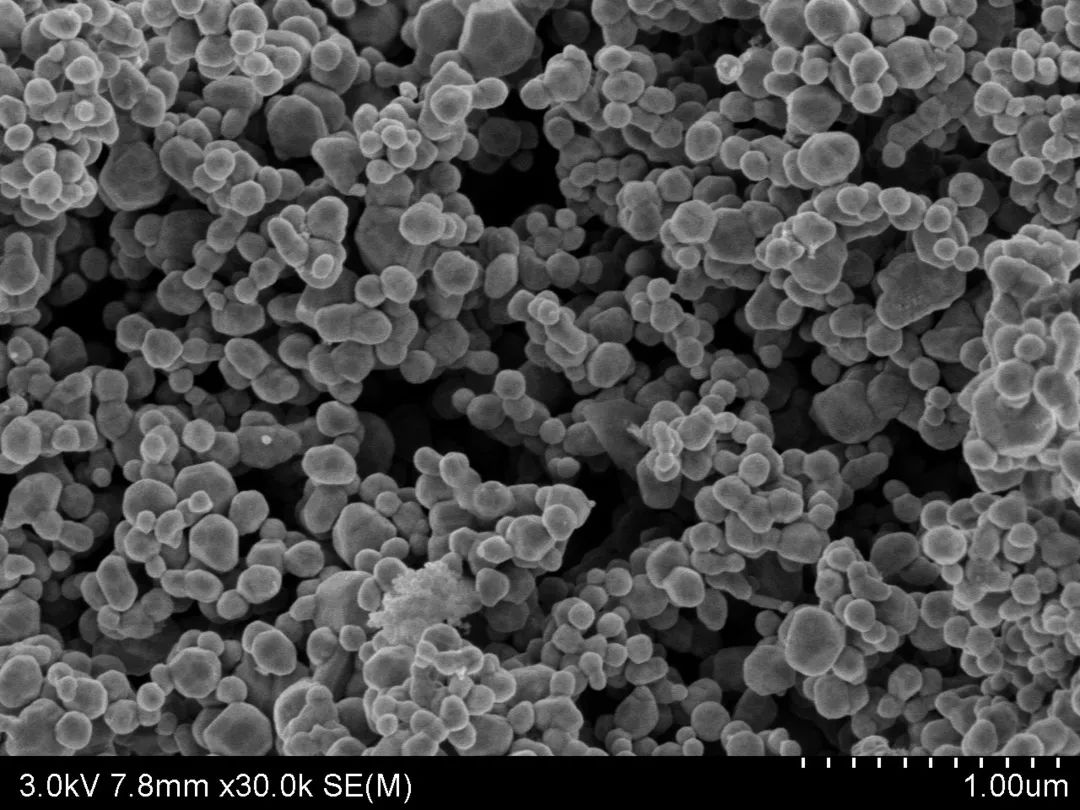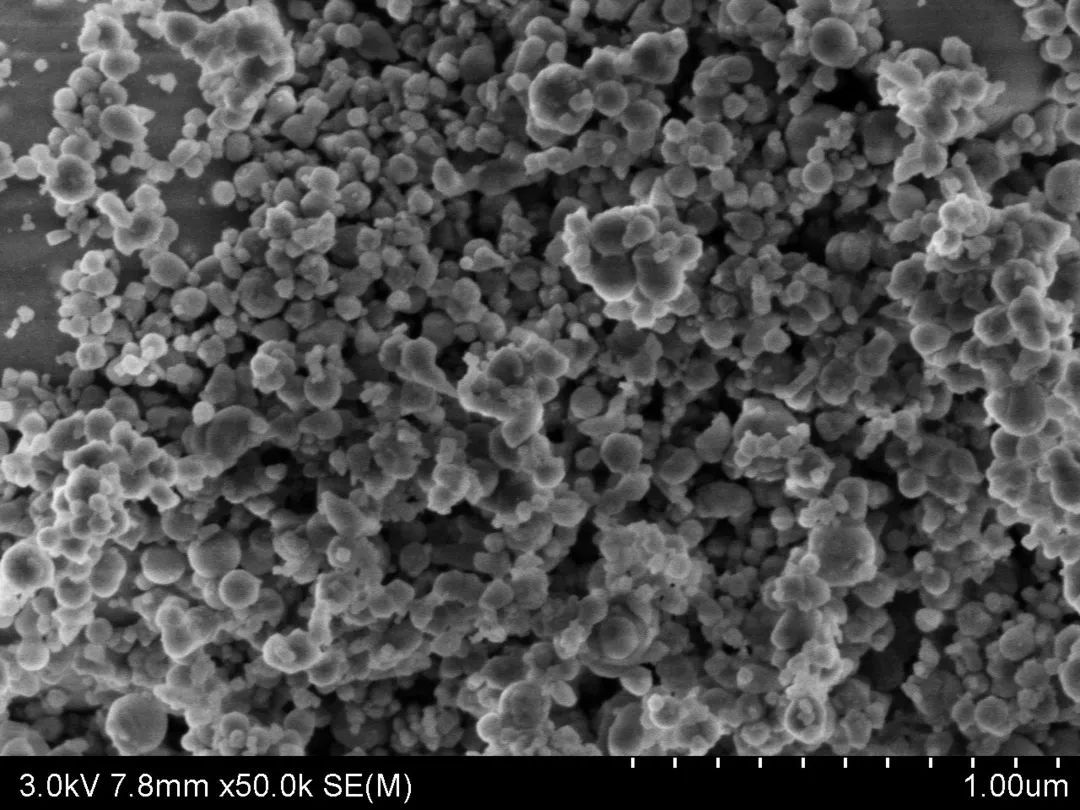What Other Nanotechnologies Exist in Daily Life?
Fulangshi Nanotechnology Co., Ltd. employs EEM preparation technology, which can stably mass-produce various types of metal nanopowders, effectively solving issues of low purity, low reactivity, low uniformity, and large particle size that other production processes (such as liquid-phase methods, grinding methods, etc.) face. Through extensive experimentation, Fulangshi Nanotechnology Co., Ltd. has summarized a complete pulse high-pressure impact index system based on the physical and chemical properties of different metals (alloys) such as conductivity and specific gravity, gaining rich and proficient experience in accurately preparing different types of high-purity, uniform particle size distribution nanopowders, excelling in the 10-100 nanometer range.


Fulangshi Metal Nanomaterials Electron Microscopy Images

